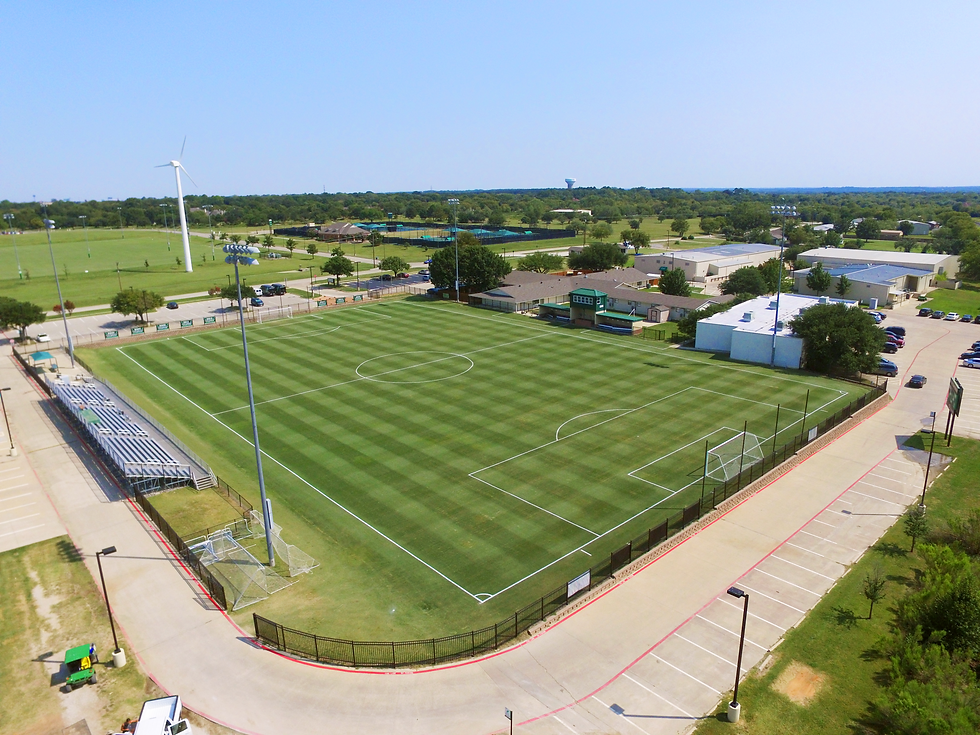What Your Athletic Fields Say About Your School: How Turf Quality Reflects Safety, Culture and Values
- Brannon Burks
- 1 day ago
- 2 min read

In a recent blog post, we explored how athletic fields shape first impressions during campus tours. But first impressions are only part of the story.
Long after those tours end, your fields keep speaking: every practice, every game, every school event. They quietly tell students, staff, and families what kind of program you run and what kind of care you believe they deserve.
A well-kept field says:
“We take safety seriously.”
“We value excellence.”
“We take pride in every detail.”
A neglected one says something else entirely.
This isn’t just about appearances, it’s about the culture that lives underneath the turfgrass. Field conditions reflect your school’s priorities, influence morale, and even affect team performance. The good news? Small, strategic improvements can make a big statement.
Connecting the Dots
Most families touring your school won’t ask about mowing patterns or maintenance schedules, but they’ll notice what your fields say without words.
Whether you intend to or not, your facilities send a message every day to:
Prospective families
Current students
Your staff and coaches
Visiting teams
Parents and players alike read those cues instantly. As they walk your campus, they’re not just seeing grass, they’re seeing signs of leadership, pride, and long-term care.
Coaches and Athletes Feel It Too
Field quality doesn’t just affect perception. It directly impacts performance and morale.
We’ve seen great programs with talented coaches and athletes struggle against:
Unsafe footing issues and ball movement
Frustrating rainouts from poor drainage
Uneven practice conditions that hurt confidence and consistency
Your fields can either support your teams or work against them. It can help coaches recruit, or make them feel like they’re always fighting an uphill battle.
You Don’t Need a Million-Dollar Makeover
This isn’t about chasing stadium projects or keeping up with rival schools. It’s about using what you have to raise the standard.
Some of the most impactful transformations we’ve led began with:
Improved mowing practices
Edge cleanup and regrading
Regularly scheduled fertilizer/pesticide applications
Seasonal cultural work (aeration, verticutting, topdressing)
Basic safety fixes that instantly improved playability
Every field, regardless of size or budget, can send a stronger message.
If your fields could talk, what would they say? For more on how first impressions begin the conversation, read Do Your Fields Attract Future Families? The power of first impressions during campus tours.
What Is Your Field Saying?
If you’re not sure, we’d love to walk it with you.
We’ll give you a clear, honest assessment and a plan that fits your goals, timeline, and budget.
Because your fields are already speaking for you, let’s make sure they’re saying something great.



.png)
Comments